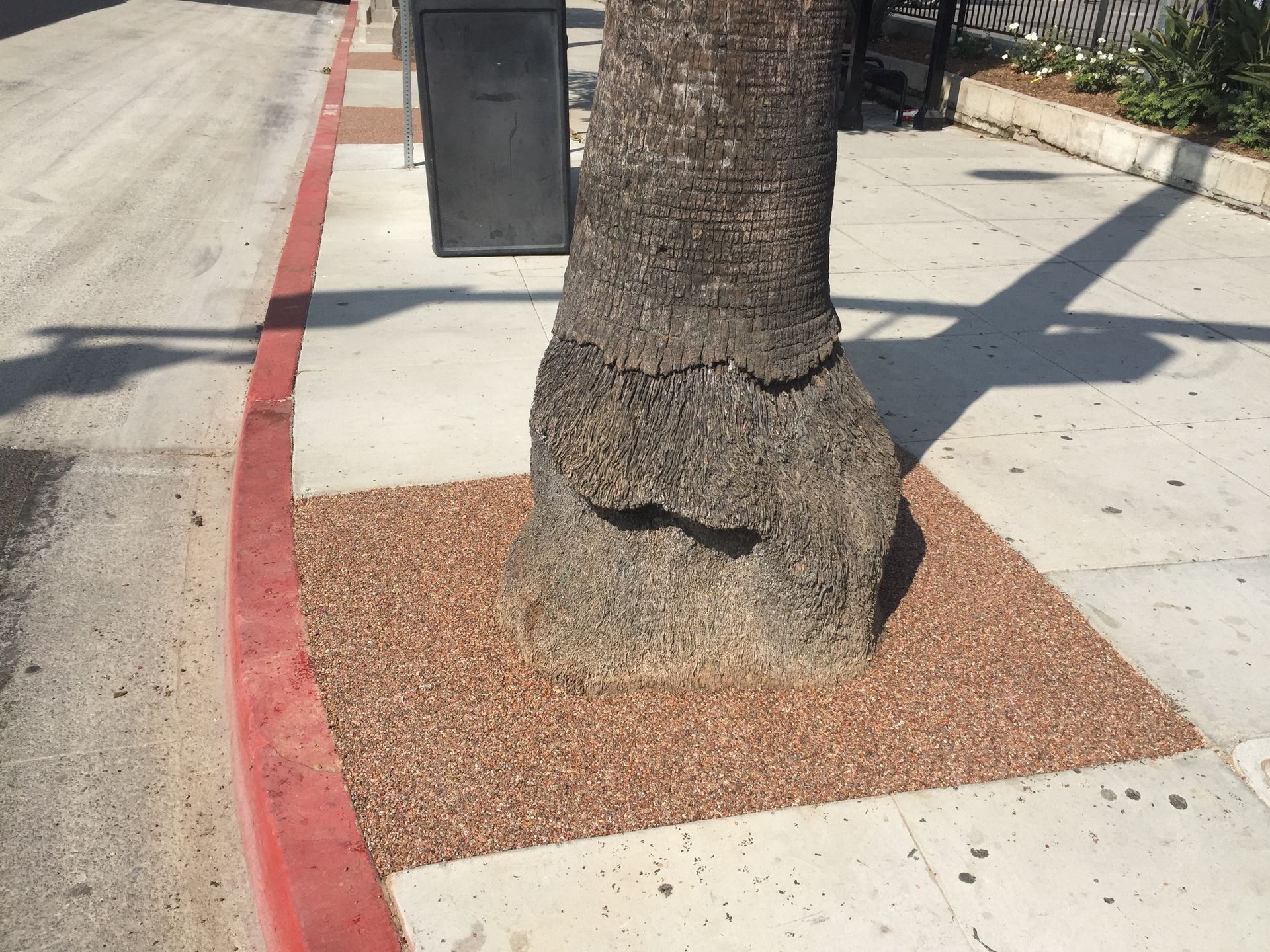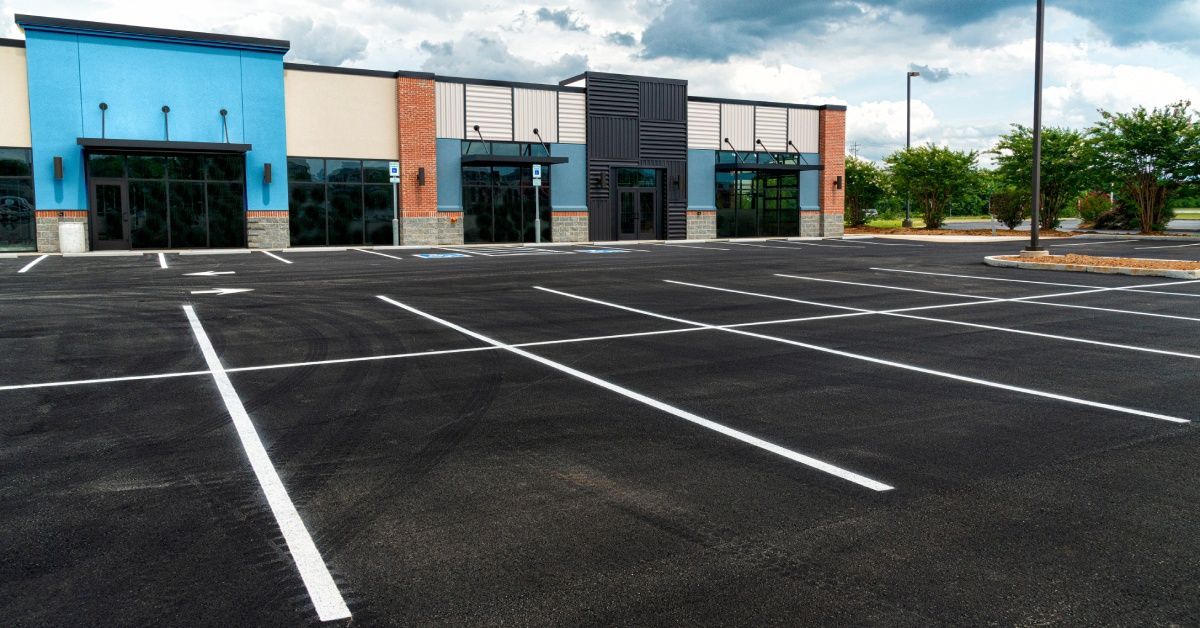How You Can Use Permeable Paving in Architecture
When it comes to architecture, permeable paving is an incredible material that ensures stormwater efficiently drains and keeps that water clean and healthy as it returns to the soil. Permeable paving materials can also make your property look more attractive and are ideal for protecting decorative plants while also ensuring they get the water they need. Here’s how you can use permeable paving in architecture.
Permeable Asphalt
Permeable asphalt isn’t much different from normal asphalt. The key is that it has different sizes of aggregate particles than conventional asphalt. By using only larger aggregate particles, there’s enough void space between the particles to allow water to easily drain through the surface. This is fantastic for parking lots that pave over large areas, as it prevents the water from pooling and flooding. Also, it allows the water to return to the soil and helps the surrounding environment flourish.
Permeable Pavers
Another way you can use permeable paving in architecture is to get permeable pavers. These are paving stones with larger joints to maintain enough void space to drain water. Pavers make for fantastic pathways that are both functional and incredibly stylish, complementing the area around a building. Because pavers need to be load-bearing as well, they follow an interlocking design that bolsters their strength.
Permeable Aggregate
Aggregate refers to loose-fill materials like gravel or pebbles. Cheap, natural-looking, and efficient, permeable aggregate is a good way to fill in areas of your property to prevent mud and other messes. If you intend to add landscaping to the property, permeable aggregate is a great way to cover up unsightly dirt and protect the roots of your plants. At the same time, it still allows water to nourish the plants. Aggregate can also make for effective pathways if you want something that looks more casual and natural.











